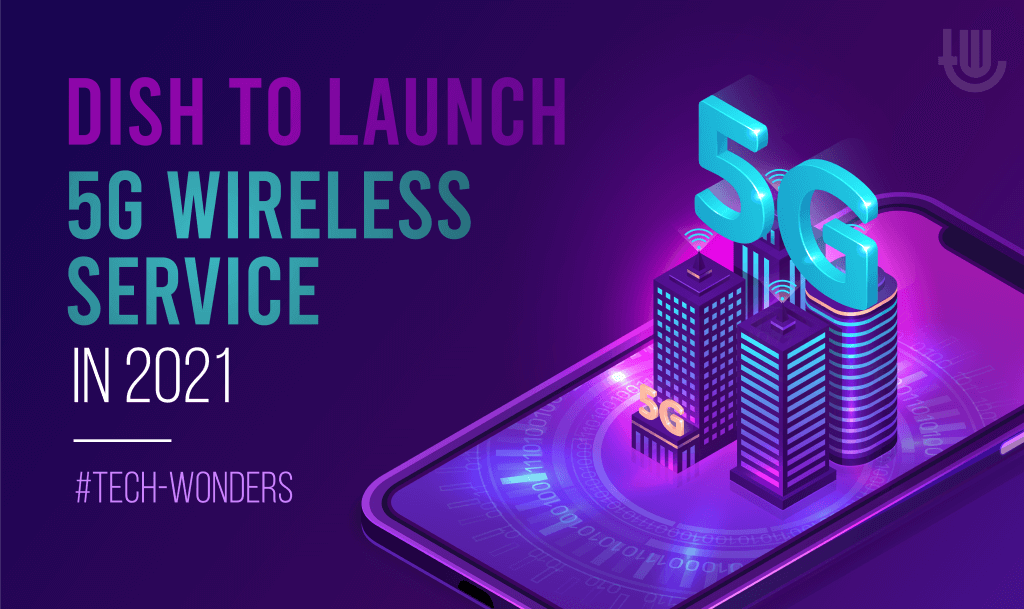2021 is the year when a critical mass of phone buyers, with major flagship phones and a lot more budget devices supporting 5G, will finally see for themselves what all this talk is about.

In his Q4 2020 earnings call, Dish Network co-founder and Chairman Charlie Ergen underscored his company’s commitment to roll out 5G wireless network by the end of Q3 2021, that is, by July – September period in its first major cities, and sounded optimistic in Dish’s ability to boost the position of US in global Network offerings. He has spent several minutes on the earnings call to recap what the company has done so far.
Under FCC commitments, Dish needs to build out a wireless network coverage of 70% of the US population by June 2023, using certain spectrum licenses, as it has to step in as a fourth major carrier option, and towards this end, Dish purchased low, mid, and high band spectrum last year and it has been estimated to have spent around $2 Billion in the recent C-band auction, accumulating its own spectrum to make the move to a full-fledged carrier.
With access to these different kinds of the spectrum, Dish has the pieces of the so-called 5G “layer cake” that will help it establish fast service with wide coverage.
As far as the infrastructure is concerned, In November Dish signed a long-term leasing agreement with Crown Castle for space on as many as 20,000 towers which represented Dish’s first major infrastructure deal, followed by a deal with Vertical Bridge, which gave Dish immediate access to Vertical Bridge’s portfolio of over 300,000 sites across all 50 U.S. states and Puerto Rico.
Recently Dish has entered into deals with seven companies for access to 4,000 macro towers across the country. These agreements provide DISH immediate access to a portfolio of towers, rooftops, utility transmission structures, billboards, and other sites used for wireless infrastructure from coast to coast.
Ergen said, at the end of the day, we’re going to have this really, really special 5G cloud-native, Open-RAN, a virtualized network that really doesn’t exist in the world today, comparing it with building the digital video when the world was analog and said that Wireless networks haven’t been upgraded from an architecture point of view in the last 30 years, and he concluded it by saying it’s not just about competition for consumers and handsets, it’s about what a 5G network can do, which includes a lot more than just consumers.
Dish Network hasn’t been forthcoming with which city will get deployed first, but Charlie Ergen characterized the initial rollout as a “beta test” and promised it would be a large, “NFL city.”
“By the end of the third quarter, you’ll be able to take a phone and see if we work or not and see all of the problems – and we’ll have them for sure – and then see if we can fix them,” Ergen said. He stressed that access to radios is the “long pole in the tent.”
“It’s a big testbed that I think is going to work – kinda – day one,” Ergen said. Once the bugs and kinks are worked out, Dish’s 5G network deployments will be “cookie-cutter after that,” he added. “There certainly will be a substantial risk. There’s certainly going to be lots of problems. But we have the team and the focus to overcome that.”
Maybe he’s right. There’s a big challenge ahead of Dish, but the company doesn’t face one of the challenges plaguing the major carriers right now: keeping 4G data flowing while adding 5G.